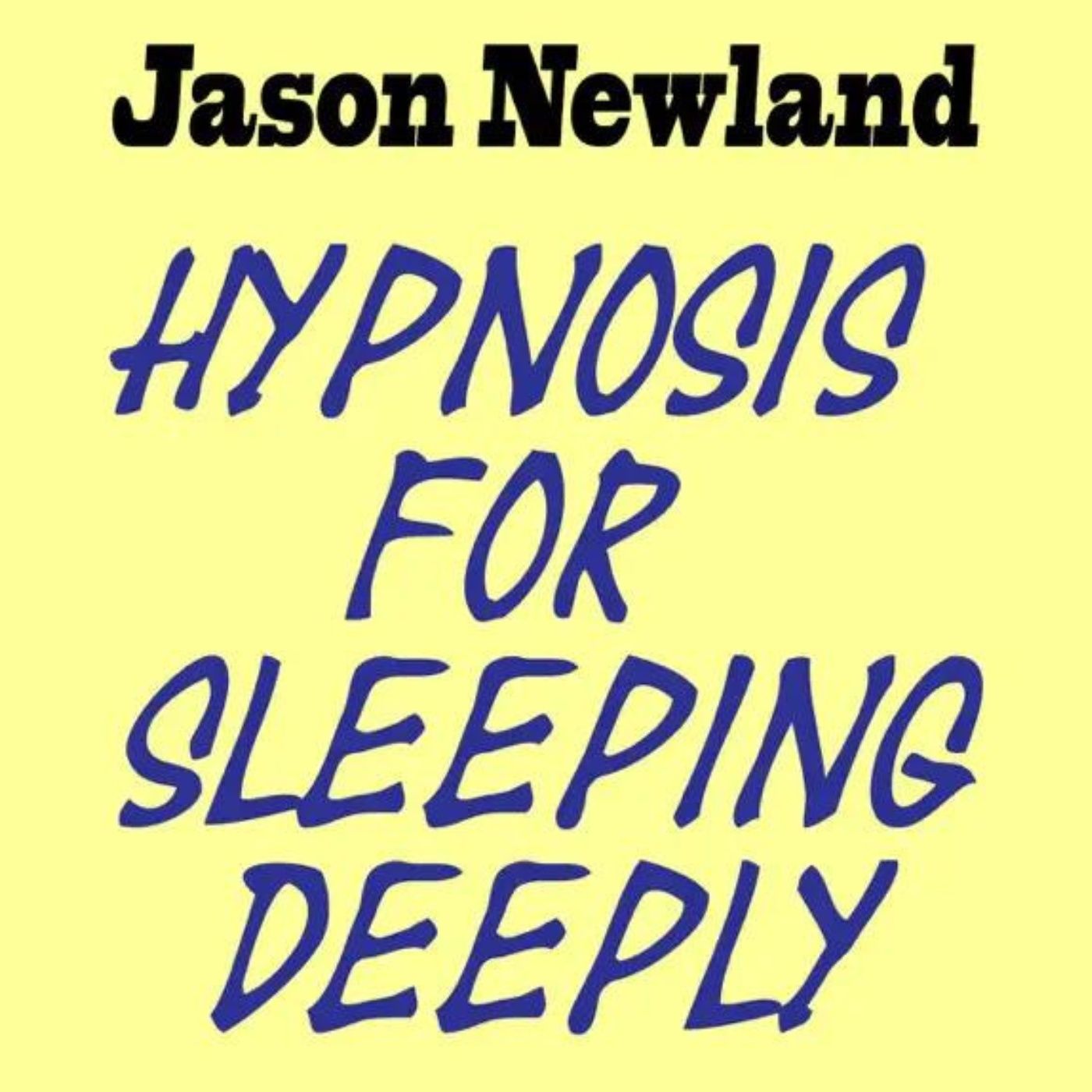How To Become Less Reactive & Cultivate A Deep Sense Of Calm with Jonny Miller #569
Understanding Nervous System Mastery: Why Your Body Matters
Many people live in a chronically reactive state without realizing their nervous system shapes perception, relationships and energy. In this episode Dr. Rangan Chatterjee and Johnny Miller explain how anxiety is often not a standalone emotion but a protective constriction, and why learning to feel the body again is the first step to greater resilience.
Regain Internal Sensitivity with Interoception Practices
Interoception—the ability to sense inner bodily signals—is the foundation of nervous system work. Simple daily check-ins (what Johnny calls an "introspective weather report") train awareness: notice posture, breath, peripheral vision, and sensations five times a day. These small experiments create reliable feedback that helps you make better decisions, recognize early signs of burnout, and return to your window of tolerance before reactivity escalates.
How to practice interoception daily
- Five-minute morning check: sit before your phone, scan sensations in the belly and chest.
- Transition prompts: check in between meetings or before bed to notice accumulated tension.
- Awareness posture emotion (APE): expand your awareness, relax posture, and name the emotion to anchor sensation.
Three Core Skills: Self-Regulation, Interoception, Emotional Fluidity
Johnny outlines three pillars: interoception (sense internal signals), self-regulation (top-down and bottom-up tools), and emotional fluidity (allowing emotions to move through the body). Bottom-up tools—breath, humming, movement and cold exposure—often shift state faster than cognitive reframes because the body sends more afferent information to the brain than the other way round.
Practical self-regulation tools you can use today
- Exhale-emphasized breathing (make exhale twice as long as inhale) to activate parasympathetic tone.
- Humming for vagal tone and nitric oxide production to reduce eye strain and calm the system.
- Short bursts of movement or sprinting to discharge trapped energy after work or a triggering meeting.
Complete the Emotional Reflex Arc to Reduce Emotional Debt
Emotions naturally arise and usually last 10–20 seconds. When you resist them—by suppression, rumination, or constant stimulation—you accumulate "emotional debt" (allostatic load). Observing the impala example (shake and discharge after predator threat) shows how mammals complete stress responses. For humans, obvious analogues include shaking, vocalizing, breath-sound work, or purposeful movement to allow energy to pass through and restore capacity.
Using Cold Exposure and Movement as Training Tools
Cold exposure is useful because it forces present-moment contact with sensation and the practice of letting go. The skill learned in a cold shower—relaxing into discomfort—transfers to emotional willingness: letting grief, anger or sadness move rather than resisting. Movement and yoga unlock stored tension and can catalyze pre-verbal release when words fall short.
How to Start: Small Experiments and Daily Habits
Begin with short experiments: five minutes of breathwork, a single cold shower, or a deliberate check-in after a meeting. Track changes and use the nervous system as an instrument to tune: expand peripheral vision to feel safer, soften posture to reduce constriction, and choose two or three practices you can do consistently. Over weeks these micro-habits reduce reactivity, shorten the half-life of emotional upset, and increase presence and choice in relationships and work.
Practical takeaway: start an experiment—try a five-minute morning interoception check and one breath-based practice at night. Notice how small, consistent bodily practices shift reactivity and free up energy for the life you want to live.
Key points
- Use interoception check-ins five times daily to notice early nervous system dysregulation.
- Practice exhale-emphasized breathing to downshift sympathetic activation quickly.
- Apply cold exposure as a training tool to learn tolerating and releasing discomfort.
- Complete brief movement or vocal exercises after a meeting to discharge trapped anger.
- Shorten reactivity half-life by combining bottom-up practices with cognitive reflection.
- Track somatic signals like chest tightness or pelvic tension as somatic markers for triggers.
- Design simple experiments—cold shower, breathwork, movement—to verify personal nervous system responses.




